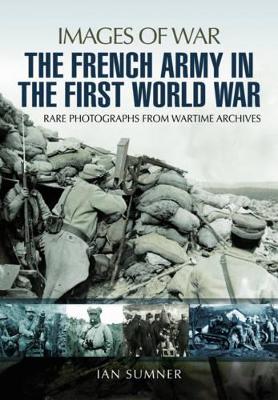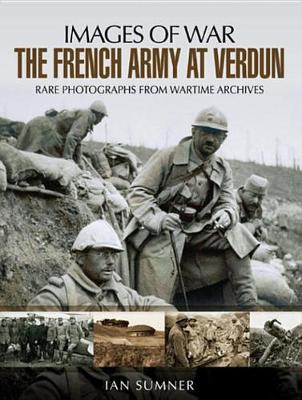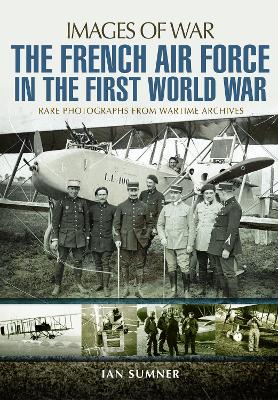Images of War
4 total works
The French army of the First World War withstood the main force of the German onslaught on the Western Front, but often it is neglected in English histories of the conflict. Now, though, keen interest in the war in general and in the part the French played in it has prompted a fresh appreciation of their army and the men who served in it. Ian Sumner's wide-ranging photographic history is an important contribution in this growing field. Using a selection of over 150 rare wartime photographs, he provides a graphic overview of every aspect of a French soldier's service during the struggle. But while the photographs create a fascinating all-round portrait of the French poilu at war, they also give an insight into the army as a whole, and offer a rare French perspective on the Great War.
In four and a half years of fighting on the Western Front during the First World War a few battles stand out from the rest. They had a decisive impact on the course of the conflict, and they still define the war for us today. For the French, the Battle of Verdun, fought between February and December 1916, was one of the greatest of these. That is why the selection of contemporary photographs Ian Sumner has brought together for this volume in the Images of War series is so important and revealing. They show the strained, sometimes shocked faces of the soldiers, record the shattered landscape in which they fought, and give us an insight into the sheer intensity of the fighting. At the time, and ever since, the battle has been portrayed as a triumph of French tenacity and heroism that is encapsulated in the famous phrase 'They shall not pass'. These photographs remind us, in the most graphic way, what that slogan meant in terms of the devastating personal experience of the men on the Verdun battlefield.
The French air force of the First World War developed as fast as the British and German air forces, yet its history, and the enormous contribution it made to the eventual French victory, is often forgotten. So Ian Sumner's photographic history, which features almost 200 images, most of which have not been published before, is a fascinating and timely introduction to the subject. The fighter pilots, who usually dominate perceptions of the war in the air, play a leading role in the story, in particular the French aces, the small group of outstanding airmen whose exploits captured the publics imagination. Their fame, though, tends to distract attention from the ordinary unremembered airmen who formed the body of the air force throughout the war years. Ian Sumner tells their story too, as well as describing in a sequence of memorable photographs the less well-known branches of the service the bomber and reconnaissance pilots and the variety of primitive warplanes they flew.



